Rising Demand for Precision Agriculture
The rising demand for precision agriculture is a notable driver in the Autonomous Off-Road Vehicle Machinery Market. Farmers are increasingly seeking innovative solutions to optimize crop yields and resource management. Autonomous machinery, equipped with advanced data analytics and GPS technology, allows for precise planting, fertilization, and harvesting. This trend is supported by a growing awareness of sustainable farming practices, with the market for precision agriculture projected to expand by 18% in the coming years. As agricultural stakeholders recognize the benefits of automation, the demand for autonomous off-road vehicles is likely to escalate.
Labor Shortages and Workforce Challenges
Labor shortages and workforce challenges are significantly influencing the Autonomous Off-Road Vehicle Machinery Market. Many sectors, including agriculture and construction, are facing difficulties in finding skilled labor. This situation is prompting companies to turn towards automation as a viable solution. Autonomous vehicles can operate continuously without the need for breaks, thereby addressing productivity concerns. Recent statistics suggest that the labor force in these industries may decline by 5% annually, further emphasizing the need for autonomous solutions. As businesses adapt to these challenges, the demand for autonomous off-road machinery is expected to rise.
Technological Advancements in Automation
The Autonomous Off-Road Vehicle Machinery Market is experiencing a surge in technological advancements, particularly in automation and artificial intelligence. These innovations enhance the efficiency and safety of off-road vehicles, allowing for improved navigation and obstacle detection. For instance, the integration of advanced sensors and machine learning algorithms enables vehicles to operate autonomously in complex terrains. This trend is reflected in the increasing adoption rates, with a projected growth of 15% annually in the sector. As manufacturers invest in research and development, the capabilities of autonomous machinery are expected to expand, further driving market growth.
Increased Investment in Infrastructure Development
The Autonomous Off-Road Vehicle Machinery Market is benefiting from increased investment in infrastructure development. Governments and private sectors are allocating substantial funds towards the enhancement of transportation networks, mining operations, and agricultural practices. This influx of capital is likely to stimulate demand for autonomous machinery, as these vehicles can significantly improve operational efficiency and reduce labor costs. Recent reports indicate that infrastructure spending is expected to rise by 10% annually, creating a favorable environment for the adoption of autonomous technologies in off-road applications.
Sustainability Initiatives and Environmental Regulations
Sustainability initiatives are becoming a pivotal driver in the Autonomous Off-Road Vehicle Machinery Market. As environmental regulations tighten, companies are compelled to adopt greener technologies. The shift towards electric and hybrid models is indicative of this trend, as these vehicles produce lower emissions and reduce the carbon footprint. According to recent data, the market for electric off-road vehicles is anticipated to grow by 20% over the next five years. This transition not only aligns with regulatory requirements but also appeals to environmentally conscious consumers, thereby enhancing market demand.


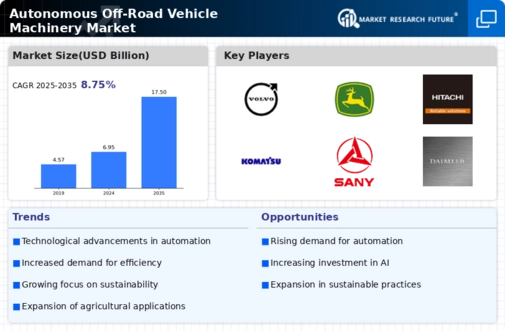
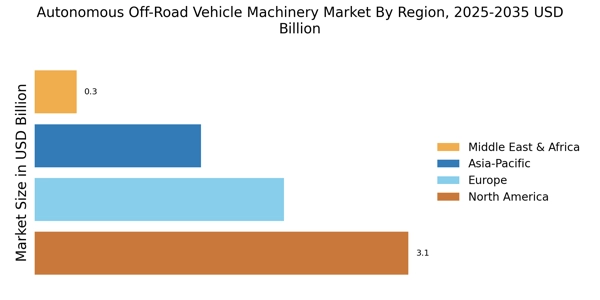
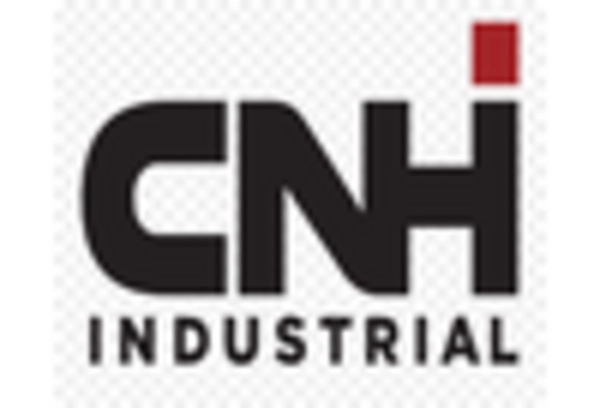
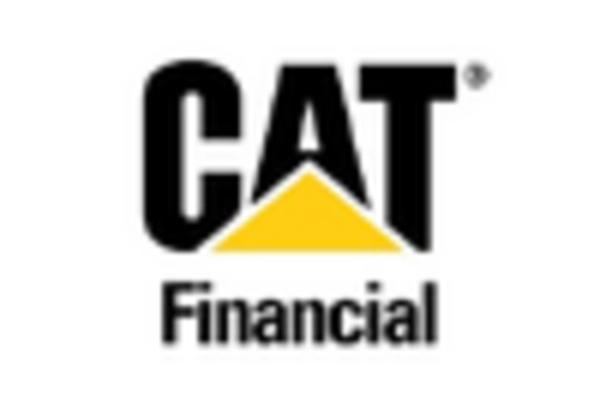

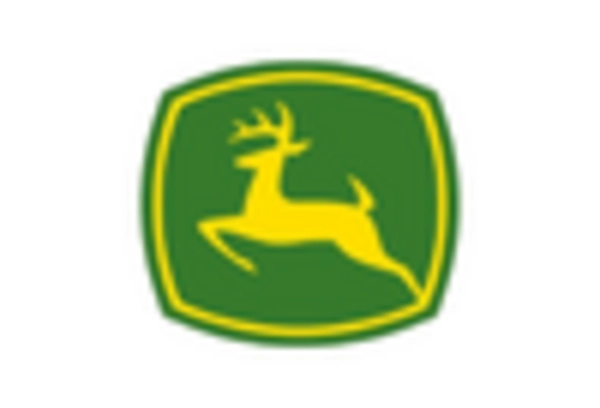
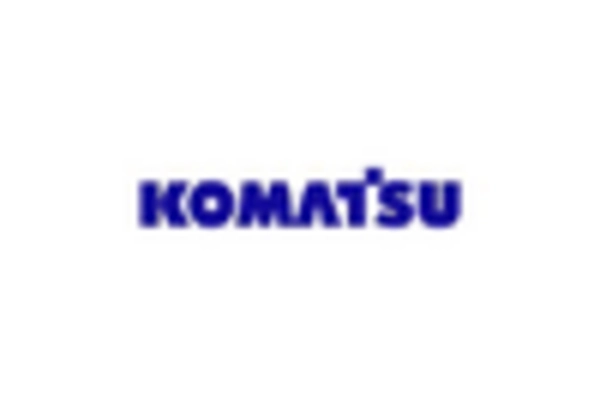
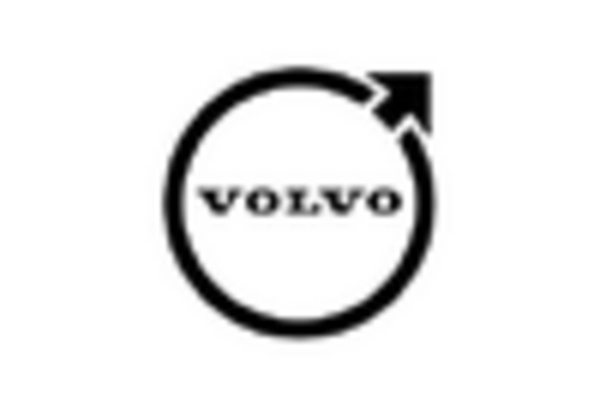








Leave a Comment